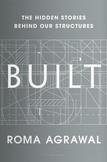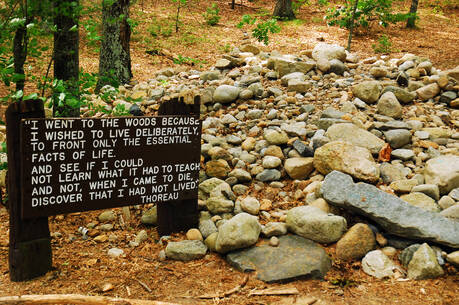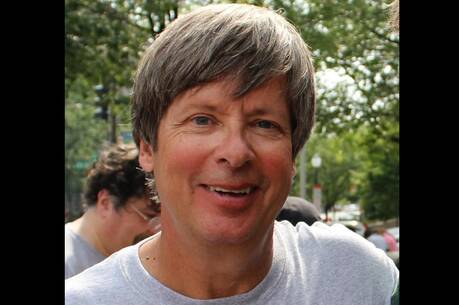Review: Science can be for girls, too
In a world where specialization paralyzes individuals from seeking knowledge in unfamiliar areas, Roma Agrawal reminds us that engineering is not beyond our grasp. But that is not why she wrote Built. She wants to spark the imagination for science and engineering in young girls, especially in cultures where such inquiry is not fully appreciated. For the average reader, however, her quest sparks a more fundamental desire simply to garner insight into how the world works. Her explanations are often story-based and accessible. She couples those with observations from simple experiments that all of us did as children that provoked amusement and wonder.
Agrawal is an accomplished engineer working in London on some of the most innovative structures of our times. Built starts with how a scientific mind explores forces on those materials that we use to construct: clay, metal, stone and more. But the more intriguing sections of the book are those in which she asks more profound questions: How high do we want to build? How are we grounded? What does it mean to tunnel into the ground?
She remarks throughout about those social forces that have limited women in science and engineering. Her idol is Emily Warren Roebling, a woman who loved science as a young girl and who ended up championing the construction of the Brooklyn Bridge when her husband, the lead engineer, took ill. The book is not overbearing or preachy, just filled with subtle (and not so subtle) reminders of how we continue to exclude certain members of the human family from opportunities in these fields.
My only criticism of the book is Agrawal’s unquestioning reliance on computers to churn out the multitude of complicated equations needed for projects to be successful. Perhaps I am a Luddite, but her portrayal of human imagination is weak in comparison with her stress on the highly efficient but less pliable capacity of computers.
The value of her writing lies not just in her quest to spark the imagination for the sciences and engineering in young women, but also in her capacity to rekindle the spark for understanding complex disciplines in a world suffering under the tyrannical weight of specialization.
This article also appeared in print, under the headline “Imagination unleashed,” in the July 9, 2018, issue.









